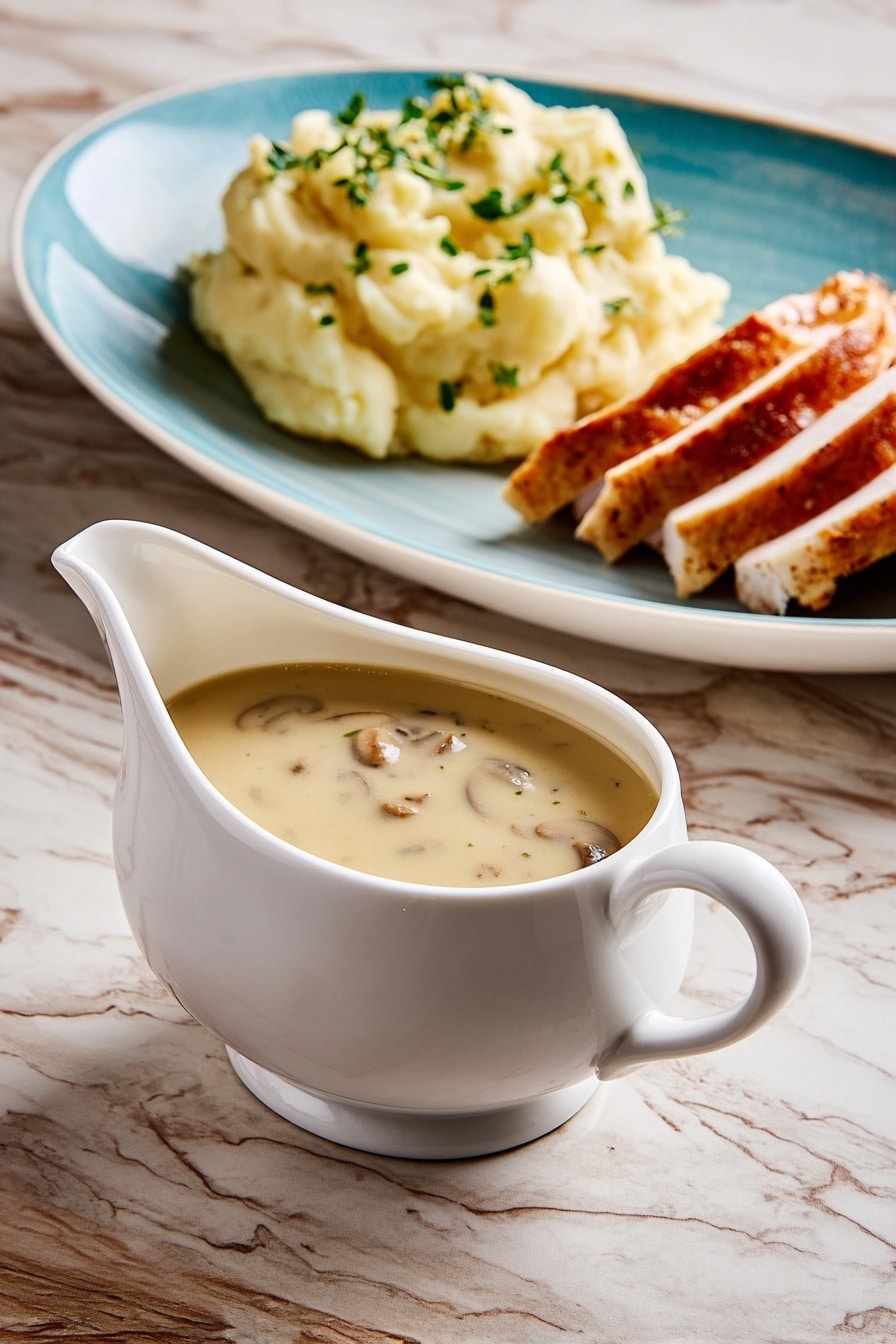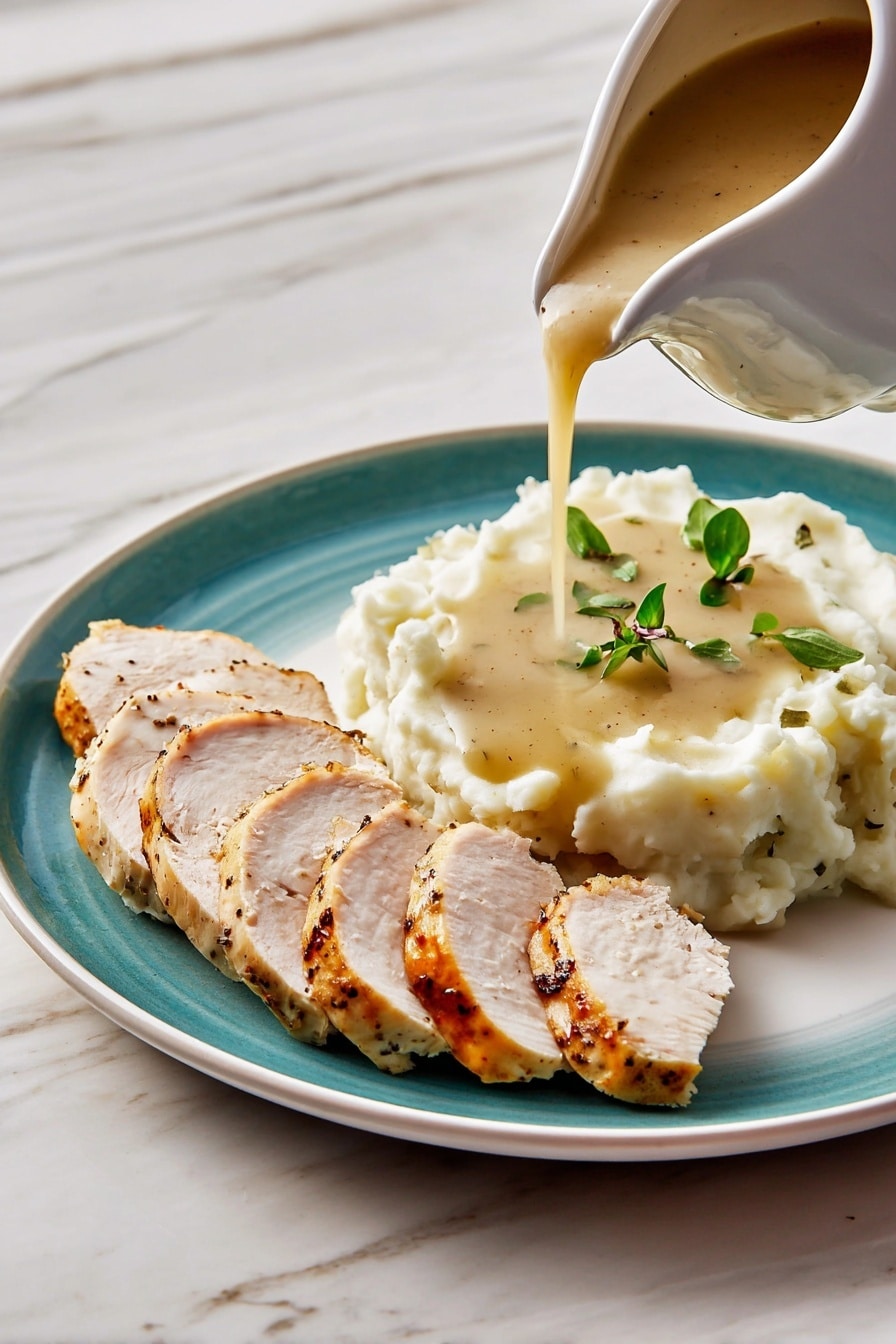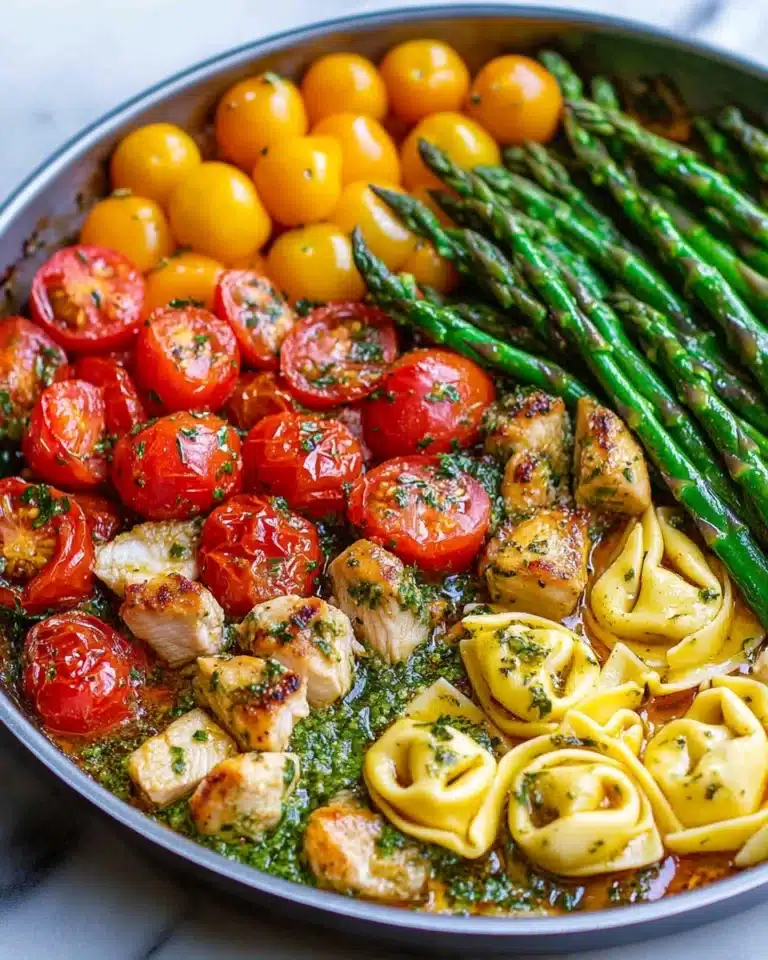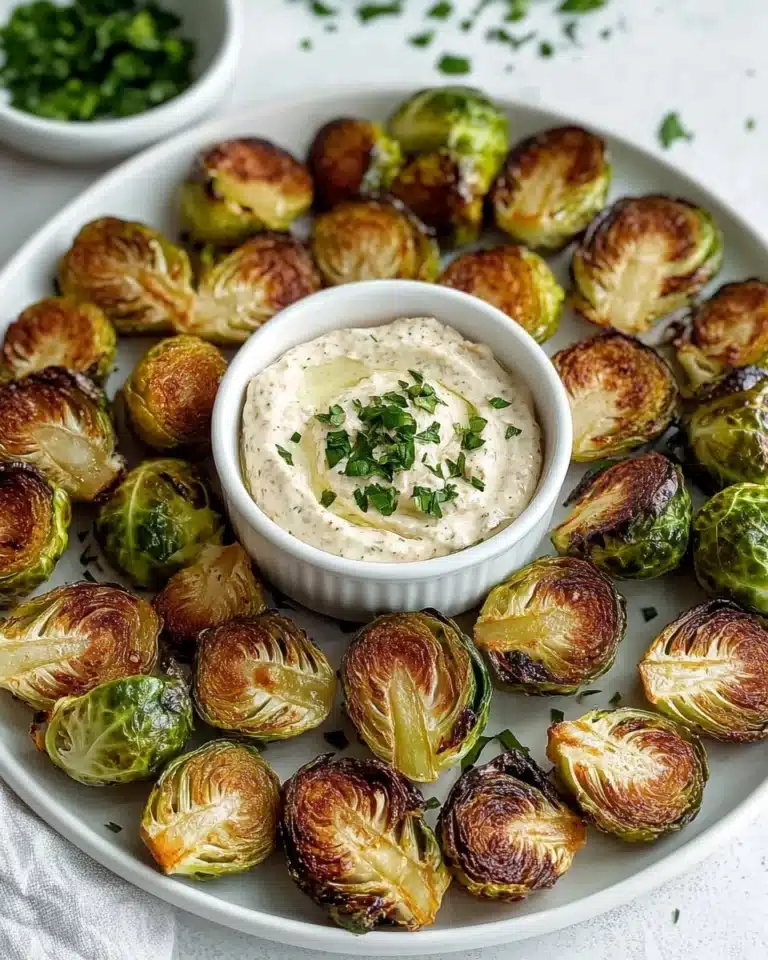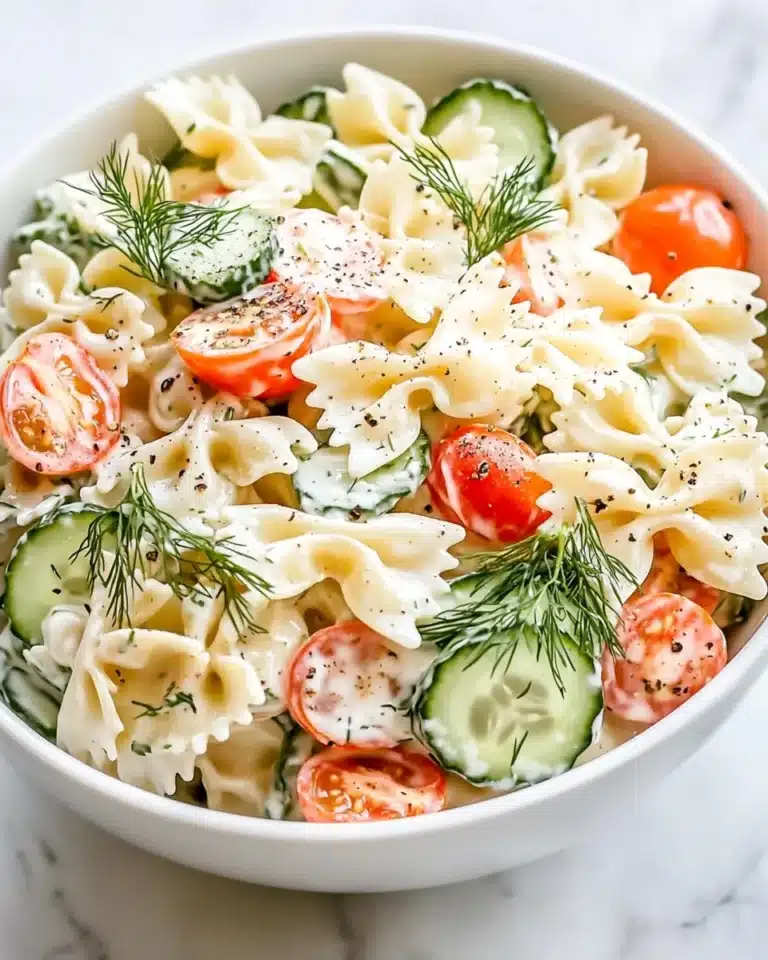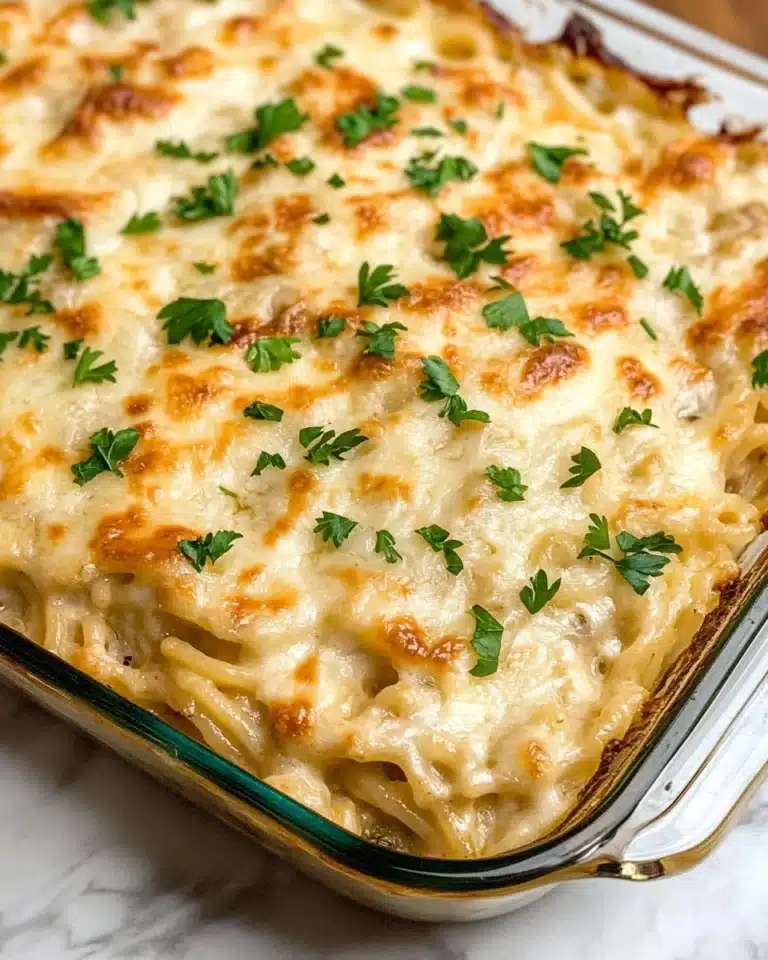If you’ve ever made a special holiday turkey, you know that the star of the feast isn’t just the bird itself—but the rich, flavorful sauce that brings everything together. I absolutely love this Giblet Gravy Recipe because it’s packed with deep, comforting flavors that only real homemade gravy can deliver. It’s one of those recipes I keep coming back to, whether it’s Thanksgiving or just a cozy Sunday dinner. Stick with me—you’re going to find this recipe totally worth every simmering minute!
Why You’ll Love This Recipe
- Authentic Flavor: Using the full set of turkey giblets and herbs really deepens the taste in a way store-bought gravies simply can’t match.
- Perfect Texture: This gravy is silky and smooth but still has those tender little bits of giblets that add incredible character.
- Easy to Customize: You can tweak the herbs or broth depending on what you have on hand, making it adaptable for any kitchen.
- A Family Favorite: My family goes crazy for this gravy every time—it’s become a must-have on our holiday table.
Ingredients You’ll Need
Each ingredient in this Giblet Gravy Recipe plays its part in building flavor, from the aromatic herbs to the pieces of giblets themselves. When shopping, look for fresh herbs and quality chicken or turkey broth—you’ll taste the difference!
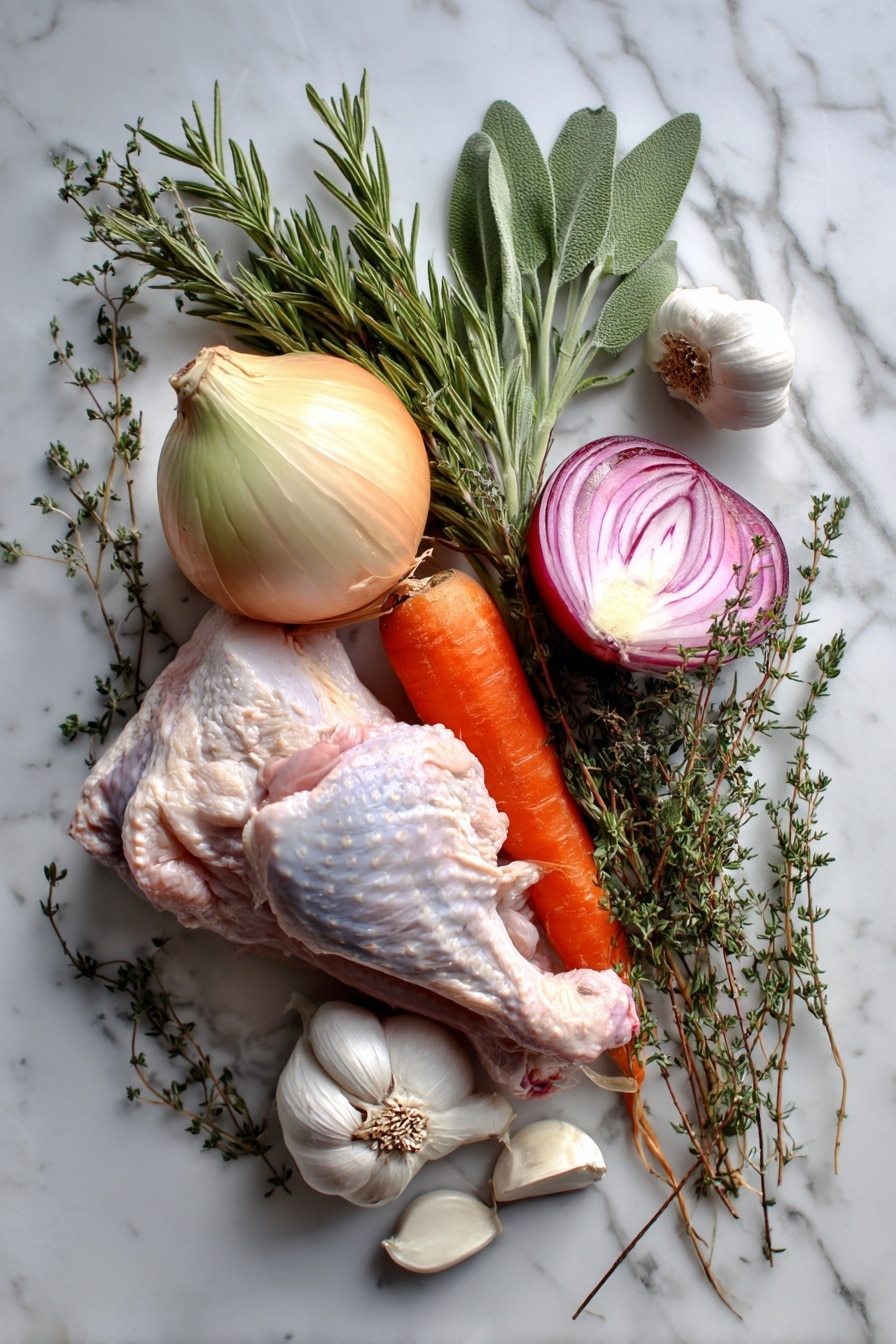
- Turkey Giblets, including the neck: The star of the show, offering rich, meaty depth to your stock and gravy.
- Onion: Adds sweetness and body when simmered into the broth.
- Carrot: Brings subtle earthiness and balances the flavor.
- Garlic cloves: Smashed to release gentle aromatics without overpowering.
- Fresh sage, thyme, rosemary: Classic herbs that infuse the gravy with that traditional Thanksgiving vibe.
- Low-sodium chicken or turkey broth: Using low-sodium gives you full control over the salt level later.
- Butter: Creates a rich base for your gravy’s roux.
- All-purpose flour: Thickens the gravy perfectly without clumping.
- Kosher salt and freshly ground black pepper: Essential for seasoning to taste.
Variations
I like to keep this giblet gravy as classic as possible but sometimes I mix things up depending on what I have in my pantry or the mood I’m in. Feel free to make it yours—you’ll be surprised how a small twist can make it even more special!
- Herb swaps: I’ve used fresh parsley or tarragon instead of rosemary once, and it gave the gravy a fresh, slightly different aroma that my family enjoyed just as much.
- Broth alternatives: Sometimes I use homemade turkey stock for a stronger flavor or chicken broth for a milder touch—both work beautifully.
- Gravy thickness: If I want it thicker, I add a little more flour; if I like it lighter, I ease back on the roux.
- Dairy-free version: Replace the butter with olive oil and it still turns out nicely, especially if you’re avoiding dairy.
How to Make Giblet Gravy Recipe
Step 1: Separate and Chill the Liver
First things first, remove the liver from the rest of the giblets and pop it into the fridge while you start the stock. I always do this because the liver cooks faster and adding it too soon can make the stock taste bitter. Trust me, this little separation step is a game-changer.
Step 2: Simmer the Giblets and Aromatics
In a large saucepan over medium heat, toss in the giblets (except liver), neck, quartered onion, halved carrot, smashed garlic, and all those fragrant sprigs of sage, thyme, and rosemary. Pour in your broth and bring it all to a boil. Then, lower the heat to a gentle simmer, cover it up, and let those flavors meld for a good 1 ½ hours. This slow simmer builds a broth that’s nothing short of magical.
Step 3: Add the Liver and Continue Simmering
After the initial simmer, stir in the liver you chilled earlier. Let it simmer for another 25 minutes—this cooks it through while keeping your broth smooth and silky without any bitterness creeping in.
Step 4: Strain and Chop the Giblets
Now it’s time to strain everything. Pour the broth through a fine sieve into a bowl. Don’t forget to discard the neck and veggies—they’ve given their all! You should have about 2 ½ cups of that deeply flavored stock. Next, finely chop all the giblets you saved aside. This little nibble of texture is what makes this gravy special.
Step 5: Make the Roux
In a clean saucepan over medium heat, melt the butter. Slowly whisk in the flour and cook it with care—stirring constantly—until it bubbles and just starts turning golden, about 2 to 3 minutes. That’s when the raw flour taste cooks out and your gravy base is ready to soak up that delicious stock.
Step 6: Build the Gravy
Slowly whisk in the strained giblet stock, about half a cup at a time. Don’t rush this part! Wait until each addition is fully incorporated before adding more to keep lumps at bay. Patience here really pays off with a velvety smooth gravy.
Step 7: Simmer and Season
Once all your stock is in, let the gravy simmer gently while you stir constantly and scrape the bottom of the pot for about 5 minutes to thicken it up. Season with kosher salt and freshly ground black pepper to taste. Finally, stir in those chopped giblets and give it one last mix. Your giblet gravy is ready to make your meal unforgettable!
Pro Tips for Making Giblet Gravy Recipe
- Chill the Liver Separately: This prevents bitterness and ensures a cleaner-tasting gravy—it’s a simple step that makes a huge difference.
- Simmer Low and Slow: A gentle simmer extracts maximum flavor without turning the broth cloudy or bitter.
- Add Stock Gradually: Pour in the strained broth in increments to avoid lumps and achieve a silkier texture.
- Use Fresh Herbs: Fresh rosemary, thyme, and sage bring out the best flavors versus dried—plus, their aroma during cooking is heavenly.
How to Serve Giblet Gravy Recipe
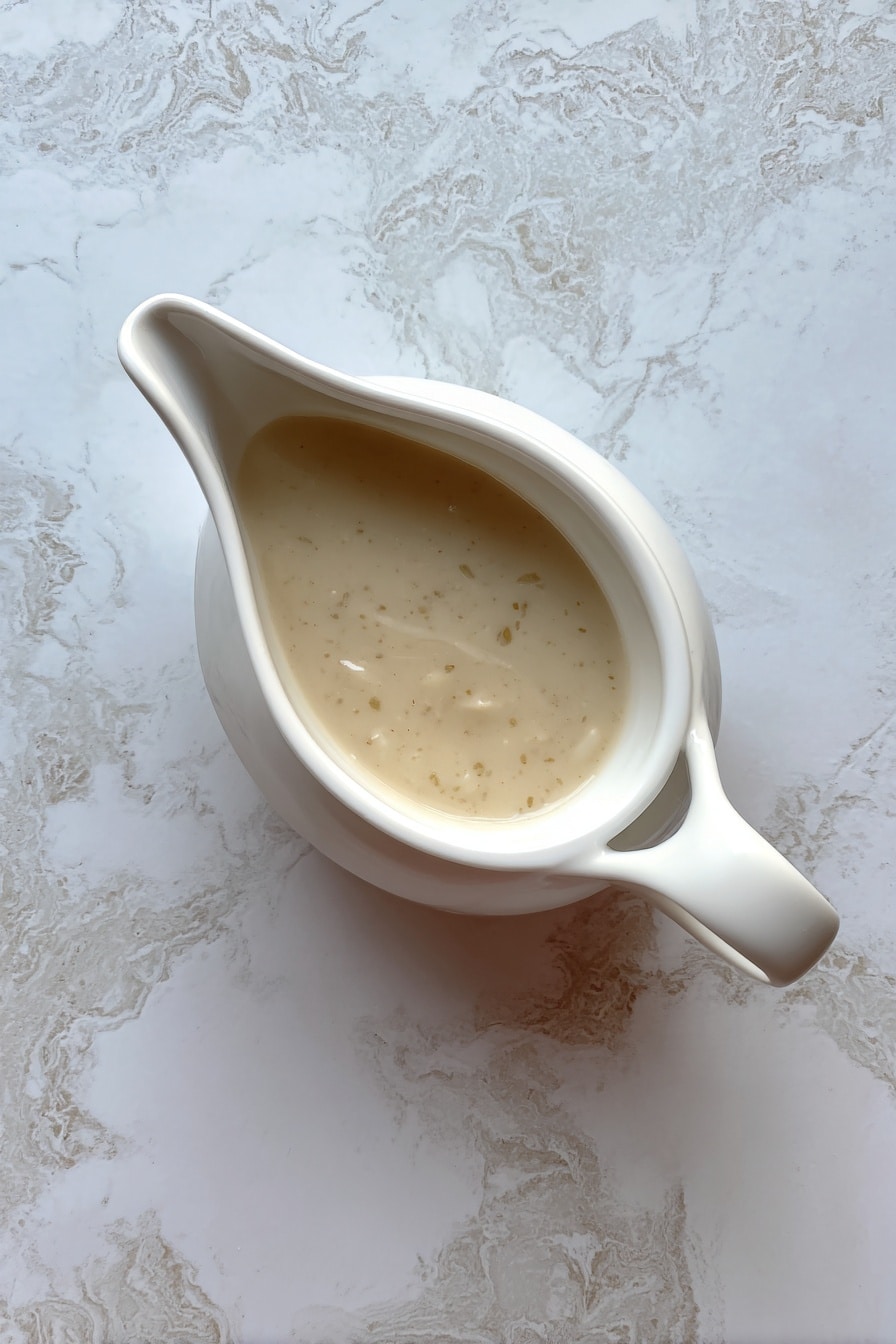
Garnishes
I like to finish my giblet gravy with a sprinkle of fresh chopped parsley or a few fresh thyme leaves on top—not just for look, but those subtle herb notes brighten the whole dish. Sometimes, a little cracked black pepper right before serving adds a lovely kick.
Side Dishes
This gravy is a match made in heaven with classic mashed potatoes, roasted turkey, and even stuffing. My family’s favorite combo includes buttery mashed Yukon golds and green bean almondine on the side—comfort food perfection!
Creative Ways to Present
For special occasions, I like to serve the gravy in a beautiful ceramic gravy boat or small rustic pitchers so everyone can ladle their own portions. It’s also lovely drizzled over roasted vegetables or even savory bread pudding for a twist.
Make Ahead and Storage
Storing Leftovers
Leftover giblet gravy keeps beautifully in an airtight container in the fridge for up to 3 days. When I store it, I like to cool it quickly and label it so I remember to use it soon because the quality is best fresh, but leftovers reheat wonderfully.
Freezing
If you want to freeze it, place the gravy in a freezer-safe container or heavy-duty zip-top bag. It keeps well for up to 3 months. When I first tried freezing giblet gravy, I was worried it might separate, but thawing overnight in the fridge and gently reheating fixed that every time.
Reheating
Reheat your giblet gravy slowly on the stovetop over low heat, whisking often to keep it smooth and prevent burning. If it thickens too much, just stir in a bit of broth or water to loosen it back up.
FAQs
-
Can I make giblet gravy without the neck?
Yes! While the neck adds excellent richness and body to the gravy, you can still make a flavorful giblet gravy using just the giblets. To compensate, you might want to boost the herbs or use a bit more broth for a fuller taste.
-
Why do I need to remove and chill the liver separately?
Chilling the liver separately helps prevent a bitter flavor from developing during cooking. The liver cooks faster than the other giblets, so adding it later keeps the stock clean-tasting and smooth.
-
What can I use if I don’t have fresh herbs?
If you don’t have fresh herbs, dried ones will work in a pinch—just use about one-third the amount since dried herbs are more concentrated. Just add them at the beginning of simmering to let their flavors infuse properly.
-
How do I prevent lumps in my gravy?
The key is to whisk constantly while slowly adding the broth to the roux and to add the liquid gradually in small batches. This technique helps keep the gravy smooth and luscious.
-
Can I make giblet gravy ahead of time?
Absolutely! You can make the gravy a day ahead and gently reheat it before serving. Just keep it covered in the fridge and stir frequently as you warm it to maintain that perfect silky texture.
Final Thoughts
This Giblet Gravy Recipe holds a sweet spot in my heart (and on my table) because it’s comfort food that’s truly memorable. When you make your own giblet gravy, you transform simple ingredients into this incredible, savory sauce full of tradition and love. So, next time you’re prepping a turkey or craving a rich gravy, give this recipe a go—you’ll enjoy the process as much as the delicious results!
Print
Giblet Gravy Recipe
- Prep Time: 15 mins
- Cook Time: 2 hrs
- Total Time: 2 hrs 15 mins
- Yield: 3 cups
- Category: Sauce
- Method: Stovetop
- Cuisine: American
Description
This classic Giblet Gravy Recipe is a savory, comforting sauce made from turkey giblets simmered with aromatic vegetables and herbs, thickened into a rich gravy. Perfect for serving alongside roasted turkey or mashed potatoes, it brings deep, traditional flavors to your holiday table.
Ingredients
Giblet Stock
- Turkey giblets, including the neck
- 1 onion, quartered
- 1 carrot, halved
- 6 cloves garlic, smashed
- 3 sprigs sage
- 3 sprigs thyme
- 1 sprig rosemary
- 6 cups low-sodium chicken or turkey broth
Gravy
- 4 Tbsp. butter
- 4 Tbsp. all-purpose flour
- Kosher salt, to taste
- Freshly ground black pepper, to taste
Instructions
- Prepare Liver: Remove the liver from the giblets and chill it in the refrigerator until ready to use.
- Simmer Giblets and Aromatics: In a large saucepan over medium heat, combine the remaining giblets, the neck, onion, carrot, garlic cloves, sage, thyme, rosemary, and broth. Bring to a boil, then reduce the heat to low, cover, and let simmer very gently for 1 ½ hours to extract rich flavors.
- Add Liver and Continue Simmering: Add the chilled liver to the pot and simmer until cooked through, about 25 minutes more.
- Strain Stock and Chop Giblets: Strain the broth through a fine sieve, discarding the neck and vegetables. You should have about 2 ½ cups of rich stock. Finely chop the cooked giblets and set them aside.
- Make Roux: In a large saucepan over medium heat, melt the butter. Whisk in the flour and cook the mixture, stirring constantly, until it bubbles and just begins to turn golden, about 2 to 3 minutes, forming a roux that will thicken the gravy.
- Incorporate Giblet Stock: Gradually whisk in ½ cup of the strained giblet stock at a time into the roux, making sure each addition is fully incorporated before adding more. This prevents lumps and creates a smooth gravy.
- Simmer and Season: Once all the stock has been incorporated, let the gravy simmer, stirring constantly and scraping the bottom of the pot to prevent sticking. Cook until thickened, about 5 minutes. Season with kosher salt and freshly ground black pepper to taste. Stir in the chopped giblets before serving to add texture and flavor.
Notes
- If you want a smoother gravy, you can puree the chopped giblets before adding them back to the gravy.
- Use low-sodium broth to better control the salt level in your gravy.
- The gravy can be made a day ahead and reheated gently on the stovetop, adding a little broth if it thickens too much.
- For a richer flavor, consider browning the giblets lightly before simmering with the broth.
- This gravy pairs perfectly with roasted turkey and mashed potatoes for a classic holiday meal.
Nutrition
- Serving Size: 1/4 cup
- Calories: 80
- Sugar: 0.5g
- Sodium: 180mg
- Fat: 5g
- Saturated Fat: 3g
- Unsaturated Fat: 2g
- Trans Fat: 0g
- Carbohydrates: 6g
- Fiber: 0.3g
- Protein: 3g
- Cholesterol: 35mg

